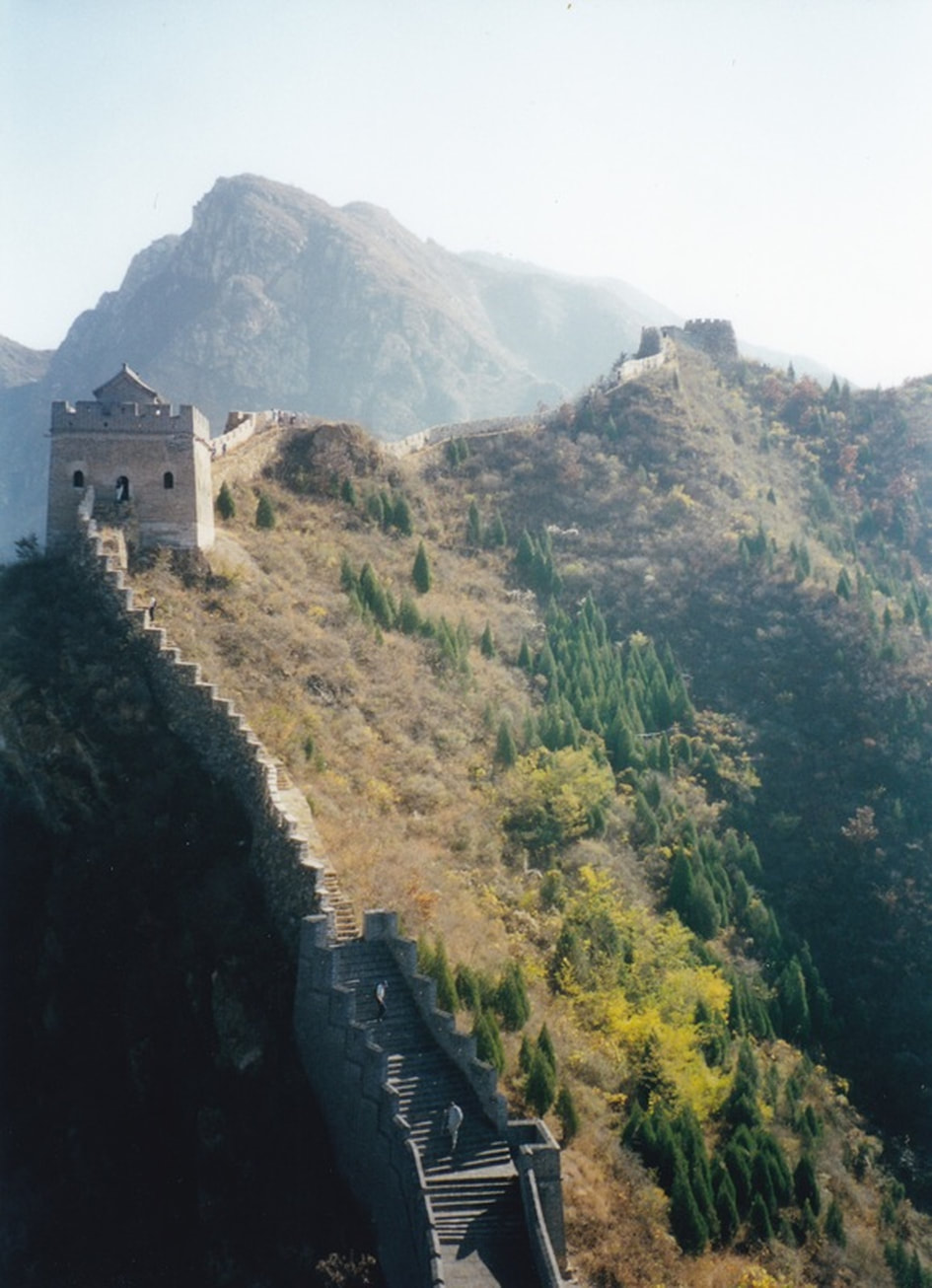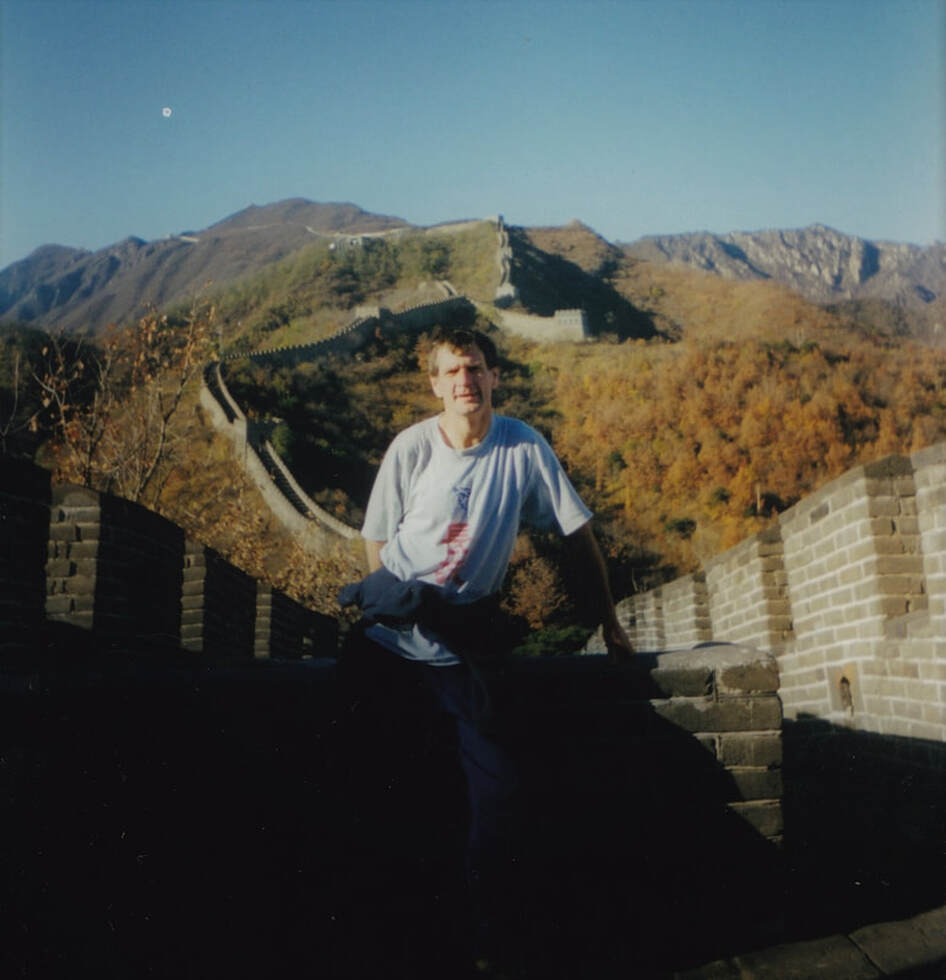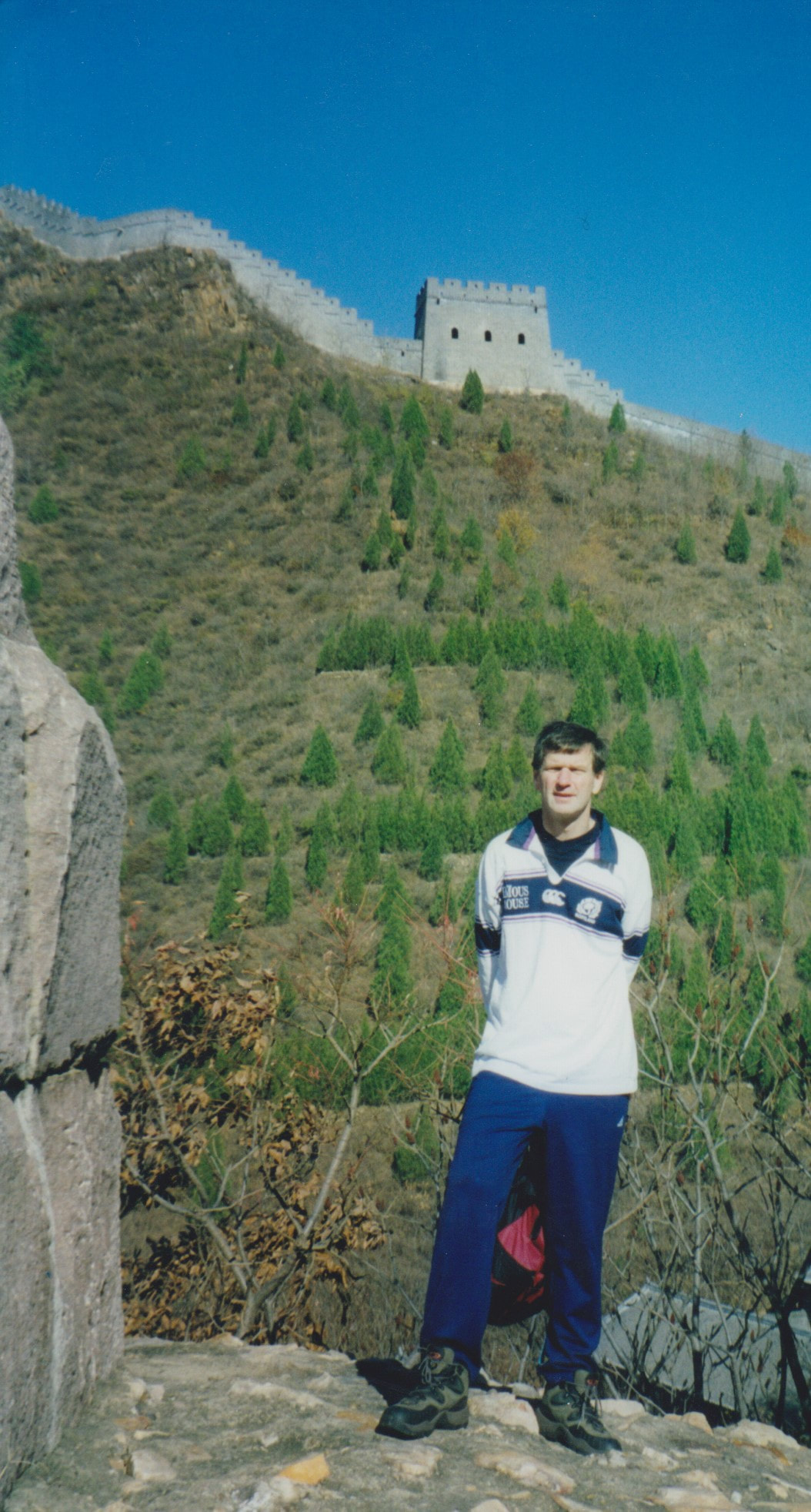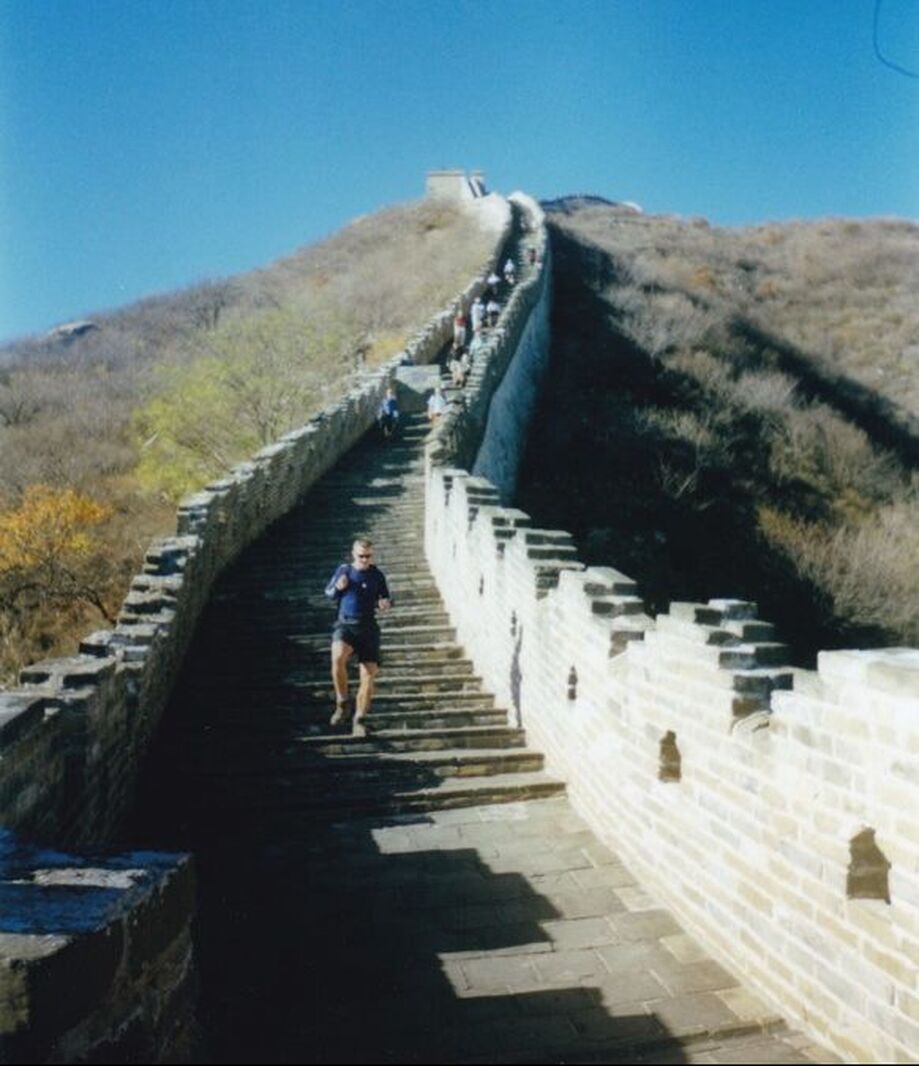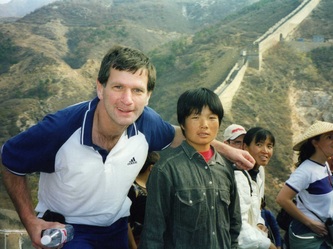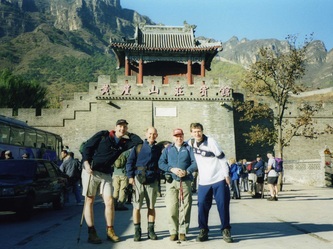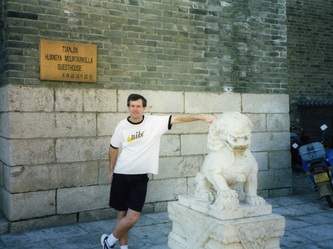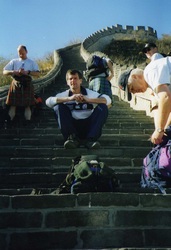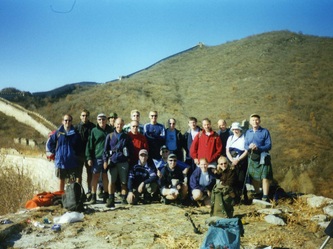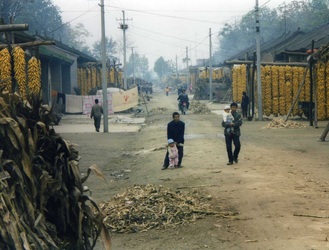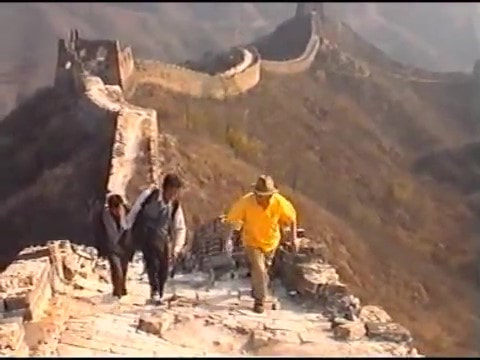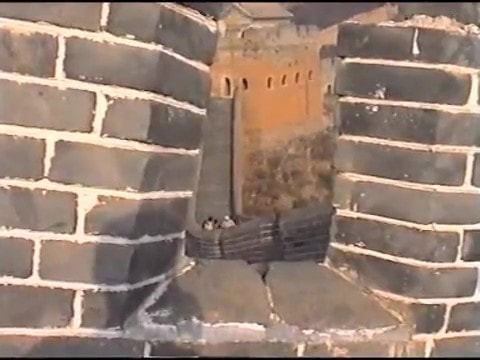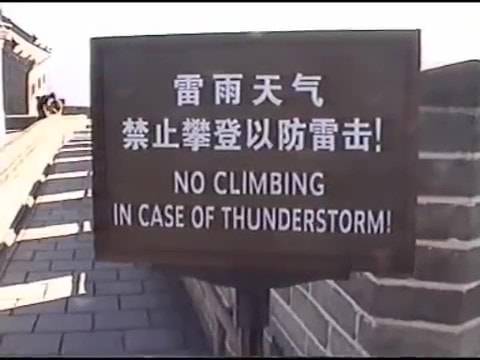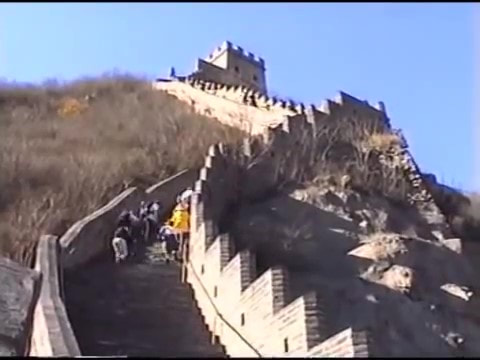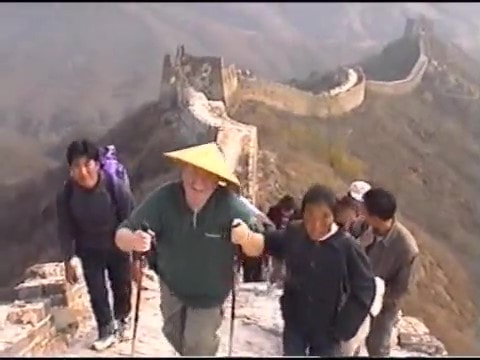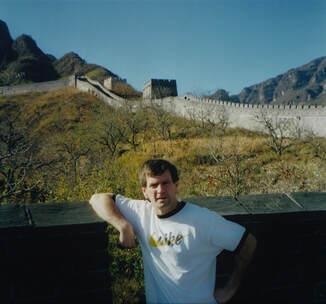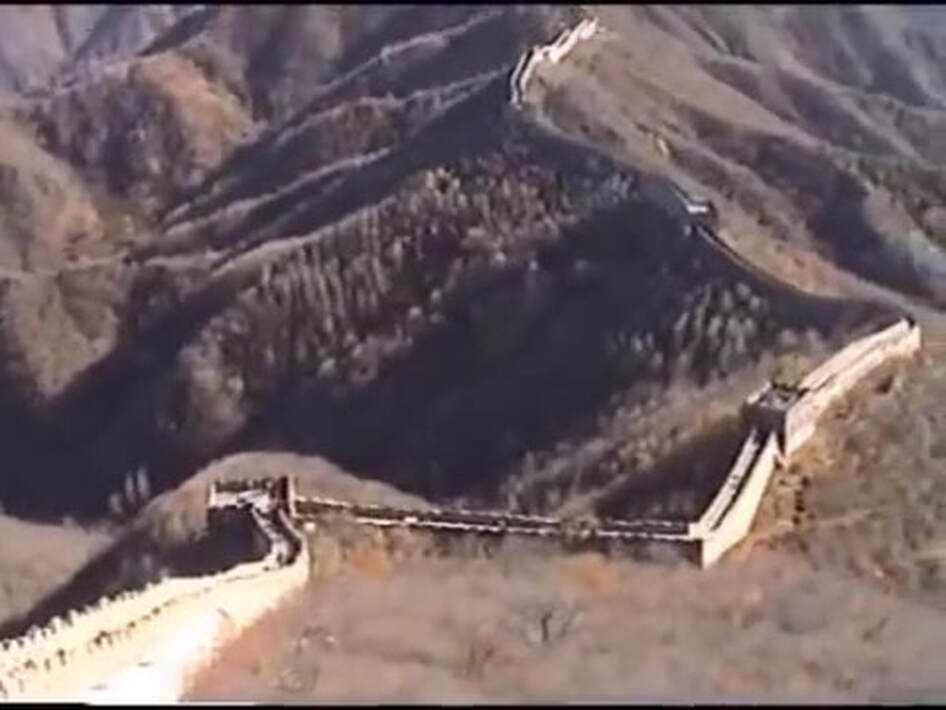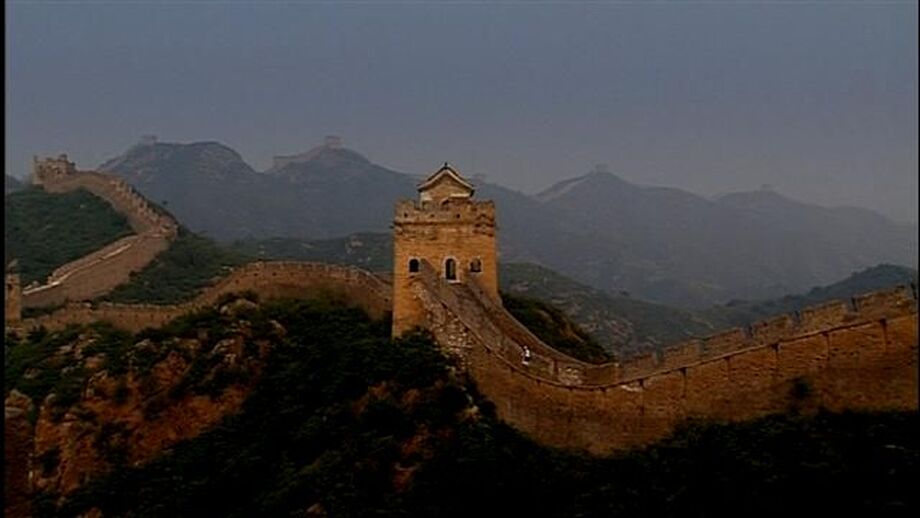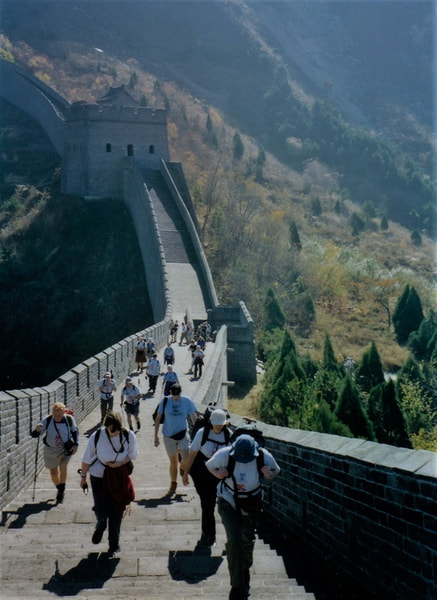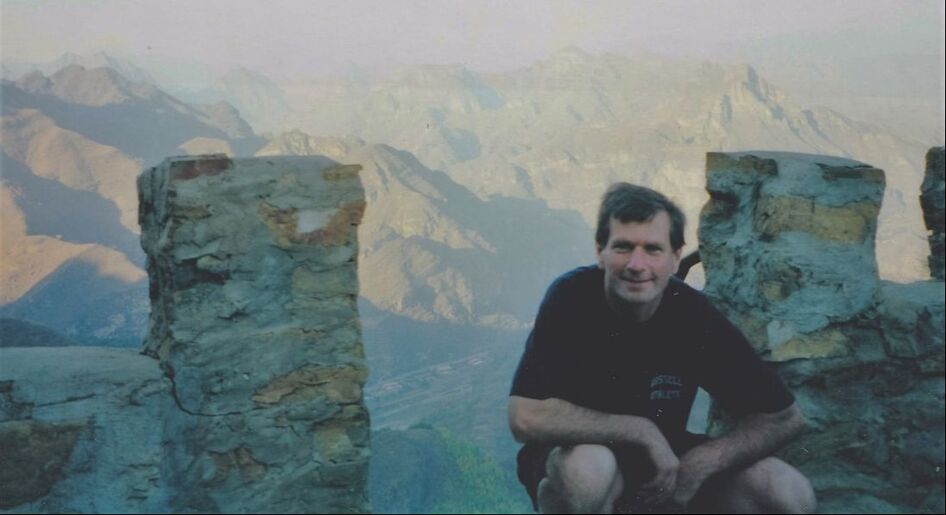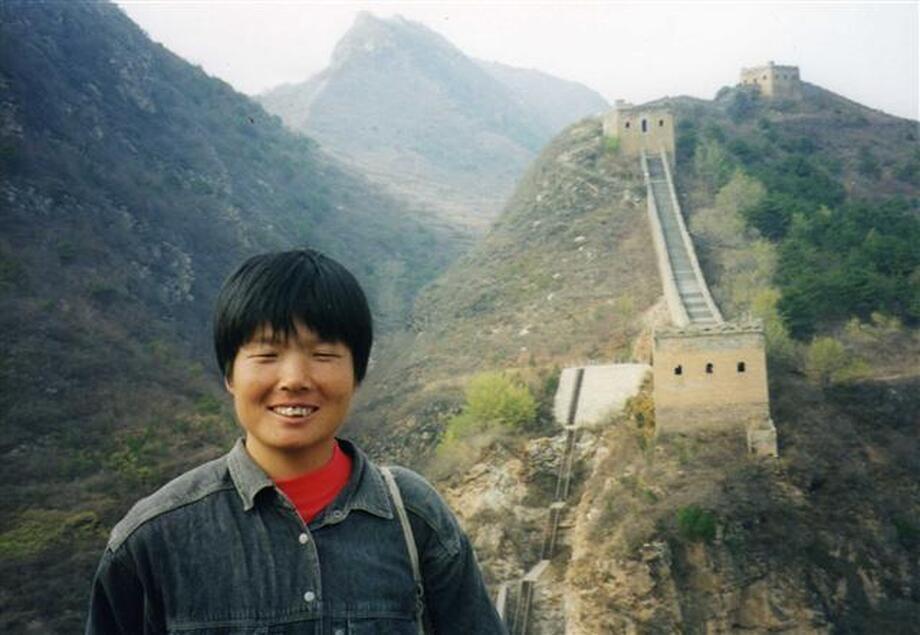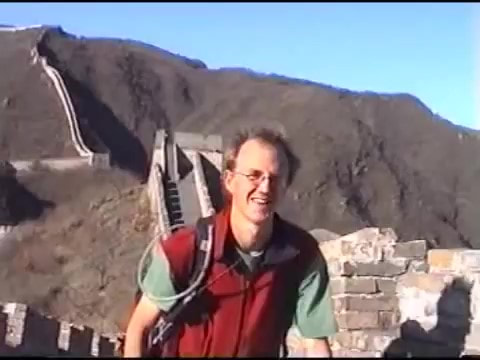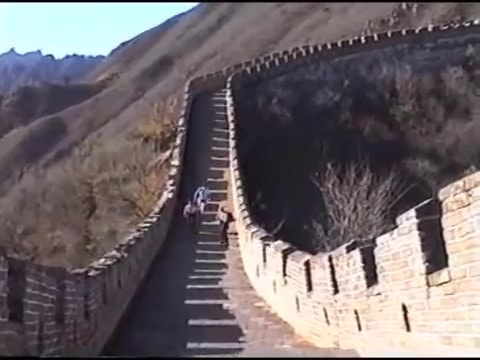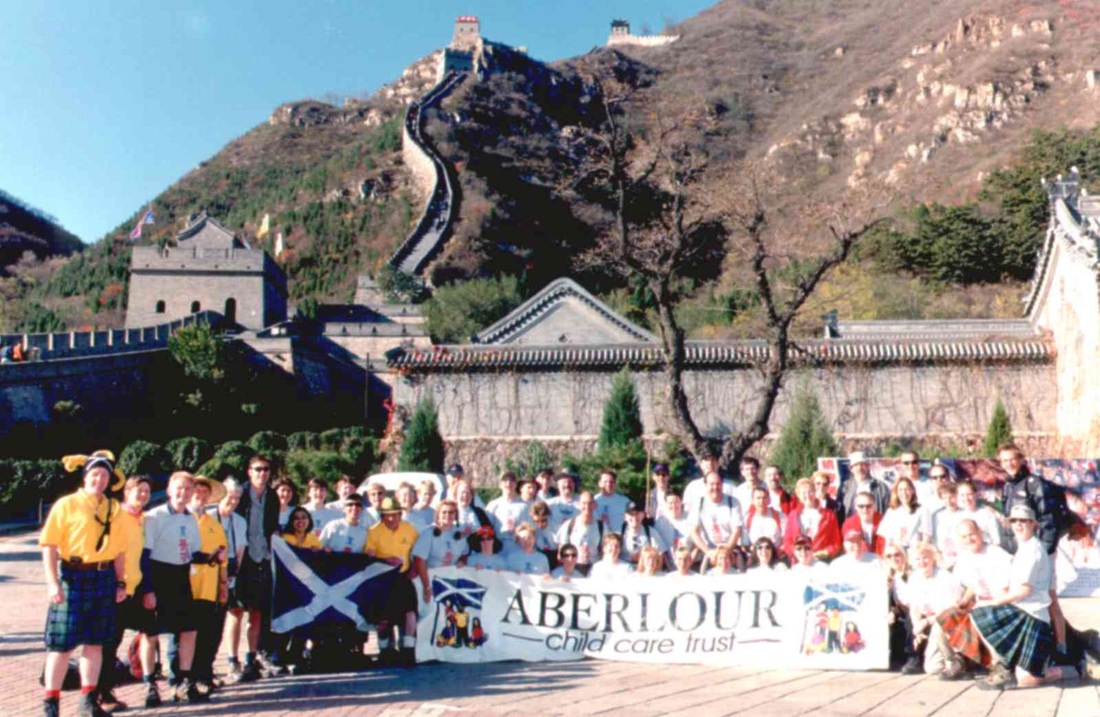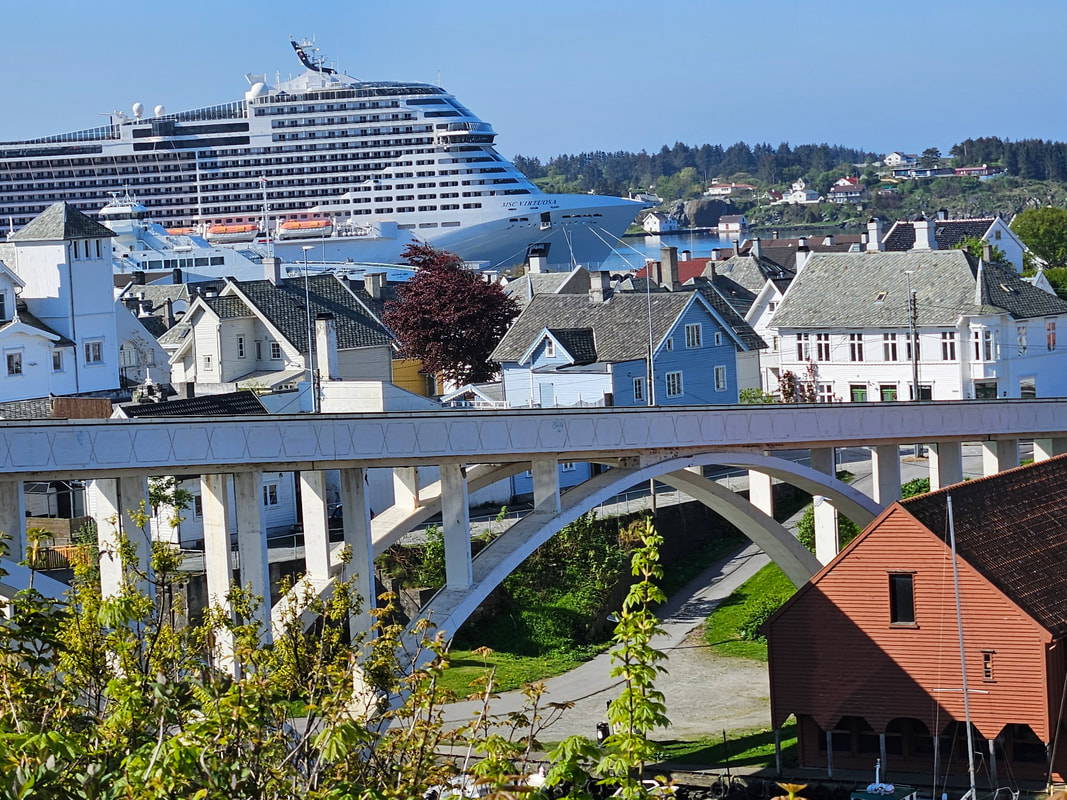China 2001
Let me take you back to October 2001. I took a trip I will never forget till the day I die.With a big help from my friends we raised funds for Aberlour Childcare Trust.I also raised my fitness a bit too. I was a keen hill walker and was really looking forward to the challenge.We flew into Beijing. The main purpose of our trip was to walk on the Great Wall of China.
Let me take you back to October 2001. I took a trip I will never forget till the day I die.With a big help from my friends we raised funds for Aberlour Childcare Trust.I also raised my fitness a bit too. I was a keen hill walker and was really looking forward to the challenge.We flew into Beijing. The main purpose of our trip was to walk on the Great Wall of China.
Great Wall of China.
I joined up with other Aberlour fundraisers and the Silk Steps team.
Great team.Really up for an adventure.
We stayed at some wonderful places. Experiences I will never forget.
The route dodged the crowded Badaling section. Which is close to Beijing.Too touristy.
I joined up with other Aberlour fundraisers and the Silk Steps team.
Great team.Really up for an adventure.
We stayed at some wonderful places. Experiences I will never forget.
The route dodged the crowded Badaling section. Which is close to Beijing.Too touristy.
Our route.
At Huangyaguan we walked 5 km through the local countryside.Our first sight of the Great wall. WOW.It went on as far as your eyes could see.Really good conditions with lots of Cool watchtowers.
My highlight of the whole trip was Jinshanling to Simatai.The walk snakes away across mountains.The locals offer to carry your rucksack for you for a few yang.A big guy like me refused but gave them dosh anyway.
Mutianyu section.This is most popular section we visited.
Steps and more steps here.
Jurongguan Pass.Started with a steep staircase of over 1500 steps. Short vigorous walk that loops around mountains.
Sad to say the Great Wall is called the biggest graveyard in the world. Archaeologists estimate that close to a million people died when building the Wall and they have even found human remains buried under parts of the wall.
At Huangyaguan we walked 5 km through the local countryside.Our first sight of the Great wall. WOW.It went on as far as your eyes could see.Really good conditions with lots of Cool watchtowers.
My highlight of the whole trip was Jinshanling to Simatai.The walk snakes away across mountains.The locals offer to carry your rucksack for you for a few yang.A big guy like me refused but gave them dosh anyway.
Mutianyu section.This is most popular section we visited.
Steps and more steps here.
Jurongguan Pass.Started with a steep staircase of over 1500 steps. Short vigorous walk that loops around mountains.
Sad to say the Great Wall is called the biggest graveyard in the world. Archaeologists estimate that close to a million people died when building the Wall and they have even found human remains buried under parts of the wall.
One of the Man made marvels of the World.It`s About 13000 miles long.
The building began as early as 8th century.5 centuries later Quin Shi Huang connected nearly all the sections of the wall together.
Further development was made by the Ming dynasty to keep the Mongals out.
The building began as early as 8th century.5 centuries later Quin Shi Huang connected nearly all the sections of the wall together.
Further development was made by the Ming dynasty to keep the Mongals out.
The Great Wall is without doubt one of the most impressive and costly achievements ever under taken by mankind.The Chinese call it Wan Li Chang Cheng.
Rather than being one long continuous wall, the Great Wall of China is made up of a number of different sections.
Sorry photographs are not perfect-Old camera.The old open and shut type.
Sorry photographs are not perfect-Old camera.The old open and shut type.
On behave Aberlour Childcare Trust
China's landscape is vast and diverse, with forest steppes and the Gobi and Taklamakan deserts occupying the arid north and northwest near Mongolia and Central Asia, and subtropical forests being prevalent in the wetter south near Southeast Asia.
The terrain of western China is rugged and elevated, with the Himalaya, Karakoram, Pamir and Tian Shan mountain ranges separating China from South and Central Asia. The Yangtze and Yellow Rivers, the third- and sixth-longest in the world, have their sources in the Tibetan Plateau and continue to the densely populated eastern seaboard.
The terrain of western China is rugged and elevated, with the Himalaya, Karakoram, Pamir and Tian Shan mountain ranges separating China from South and Central Asia. The Yangtze and Yellow Rivers, the third- and sixth-longest in the world, have their sources in the Tibetan Plateau and continue to the densely populated eastern seaboard.
The Great Wall of China is the world's longest wall and biggest ancient architecture.


